By Mariah Bourne + Lauren Danson
 Brewing fukamushicha in a red Tokoname kyusu
Brewing fukamushicha in a red Tokoname kyusuAs soon as the tea leaf is plucked from the plant, every step of tea processing is critical in execution, efficiency, and style. When green tea is processed, it goes through multiple steps, like steaming, rolling, and drying, and each of these stages is an art form that deeply impacts the quality and flavor of the tea.
A hallmark of Japanese green tea is that the leaves undergo a steaming stage in leaf processing. Green tea steaming is essential in maintaining leaf quality and producing sought-after flavors, aromas, and color. Steaming is also responsible for maintaining the integrity of green tea's health benefits, assuring the highest level of antioxidants is in every cup. Time, or how long the tea undergoes steaming, is crucial in producing a specific style of Japanese green tea, and execution matters.
Understanding the importance of green tea steaming will help you make informed choices on which style of tea you might enjoy based on the specific qualities and characteristics you desire. If you want to know more about green tea steaming and the different tea styles you can enjoy, grab a cup of tea and let's dive in.
Why are Japanese Green Teas Steamed?
Steaming is fundamental in creating Japanese green tea and is responsible for preserving its color and unique flavor profiles. The intensity of vegetal notes we love, like edamame, seaweed, or kelp, is thanks to the steaming process.
Immediately after being picked, tea leaves are sent for processing to preserve and dry (or finish) for brewing. Different styles of tea are produced based on various processing methods. The steaming process is specifically for green tea. Japanese green teas need to be heated within hours of being picked to stop oxidation, inactivate enzymes, and prevent decay. Producers call this step “kill green,” and applying heat to stop the enzymatic reaction in the leaves helps lock in desirable flavors.
Green tea steaming also maintains catechins, preserving their antioxidant properties. If active enzymes are left in green tea, they break down its structure and oxidize the catechins, which are responsible for green tea’s health benefits.
 Happy tea leaves growing in the sun
Happy tea leaves growing in the sun
What is the Green Tea Steaming Process?
The process begins with the tea being steamed under high heat in a steaming machine. A proper streaming device includes a net drum and string shaft covered with steaming drums. The high heat kills the oxidizing enzymes (hence, “kill green") in the freshly picked leaves resulting in bright green leaves with a high water content of about 75%. The leaves then move on to the next stage of processing.
The green tea steaming process differs depending on growing conditions like elevation and climate. The finish and notes of Japanese green tea are determined by the length of time they're steamed. Steaming for long periods allows maximum flavor release by weakening the tea’s membranes.
If a producer wants to enhance specific qualities of the tea that preserve rich, full-bodied umami tastes and a thick, dense body of the tea liquor, the producer will likely deep steam it. Deep-steamed-styled tea is called fukamushi (深蒸し, literally deep-steamed). You’ll also see it as fukamushicha, translating to deep-steamed tea.
Important qualities like astringency, leaf shape, color, fragrance, and of course, taste are all affected by how long the tea is steamed before moving on to the next processing step.
Green Tea Steaming Times and Characteristics
The length of the steaming process is an essential factor in the flavor profiles, aroma, and color. Green teas are categorized based on how long they're steamed. Below are common characteristics of green tea based on steaming time.
|
Method |
Light Steaming |
Regular Steaming |
Deep Steaming |
Special Steaming |
Extra Deep Steaming |
|
Steaming Time |
20-30 sec (short) |
30-40 sec (short) |
40-60 sec (short) |
90-120 sec (long) |
140-160 sec (two-step steaming) |
|
Flavor |
Clear (astringency) |
Slightly rich (astringency) |
Rich (astringency) |
Full-bodied rich (smoothness) |
Strong (low astringency) |
|
Aroma |
Strong |
Fresh |
Fresh |
Weak |
Light |
|
Leaf Shape |
Long, narrow and uniform |
Long, narrow and uniform |
Some fine needles, may start to see broken leaves as a result of the deep steam. |
Broken and fine |
Suitable for coarse leaves |
|
Tea Color |
Clear light-green |
Clear light-green |
Clear light-green |
Darkish green |
Deep green |
Different Green Tea Steaming Styles
Asamushi (light steam)
Compared to other teas, Asamushi tea is steamed for the shortest period of time. Not all teas are suitable for light steaming. Asamushi works best with delicate, fresh, and spring-harvested green tea leaves. Tea leaves are put in a steamer for only 20 to 30 seconds and rolled dry. This traditional Japanese tea steaming method results in long, narrow, intact leaves. The sturdiness of Asamushi-style leaves makes them easy to brew in any teapot.
Asamushi green tea produces a mild, delicate brew with a clear, yellowish color and a strong, yet subtle aroma. The style’s low steaming time can result in a high astringency level. Because of this, Asamushi can taste somewhat sharper (in a good way!), fresh, and refreshing than a round, smooth, and deep fukamushicha. Orthodox sencha generally undergoes asamushi, but producer preferences vary.
Futsumushi-cha (regular steam)

A cup of Futsumushi-cha
Futsumushi-cha is the typical method of green tea steaming. This style is steamed a little longer than Asamushi and a bit less than Fukamushi, making it a popular choice for many. Because of its mild and balanced characteristics, Futsumushi-cha is the standard style for steaming green tea. Unless otherwise mentioned, you can assume your green tea is steamed in the Futsumushi-cha style, as it’s the most common in Japan.
Futsumushi-cha tea is steamed for 30 to 40 seconds to achieve a balanced astringency and slightly rich taste. The sought-after pleasant, delicate aroma and light green color make this style of steaming particularly popular. Futsumushi-cha results in neat, long tea leaves that are simple to brew.
Fukamushi (deep steam)

Deep steaming green tea leaves produce a unique taste that has transformed tea steaming just over the last century. Created in post-war Japan, Fukamushi-style tea originally made use of inferior tea leaves that weren't appropriate for regular production. However, its rich flavor and low astringency create a bold, sweet taste that has become popular in Japan and around the world.
Fukamushi is deep steamed for nearly 40 to 60 seconds—twice as long as other green teas. The long steaming time helps the tea leaves release the absolute highest level of flavor by causing the membranes in the leaves to break down. The leaves may look much more broken with a few intact needles. When brewed, Fukamushi can have a bright, neon green color and dense, cloudy liquid. The liquor often looks deep and rich.
Final Thoughts
Understanding the variances in light, medium, and deep-steamed Japanese teas will help you further appreciate the nuance of flavors in new teas you try. We highly recommend trying these different styles side-by-side to see what you enjoy. You may even find yourself enjoying asamushi-styled teas in the morning and something richer in the afternoon!
Learning how critical steaming is to dictating styles of Japanese teas also helps you to understand the art and important choices the producer makes in presenting the tea that you enjoy. We wouldn't have Japanese green tea without this intricate process that maximizes the unique qualities of green tea for all of us to appreciate!


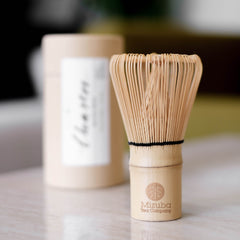

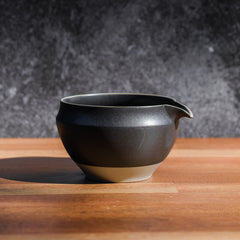
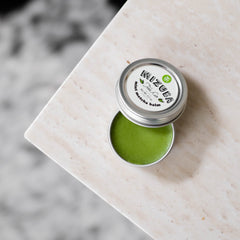
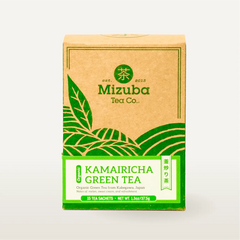
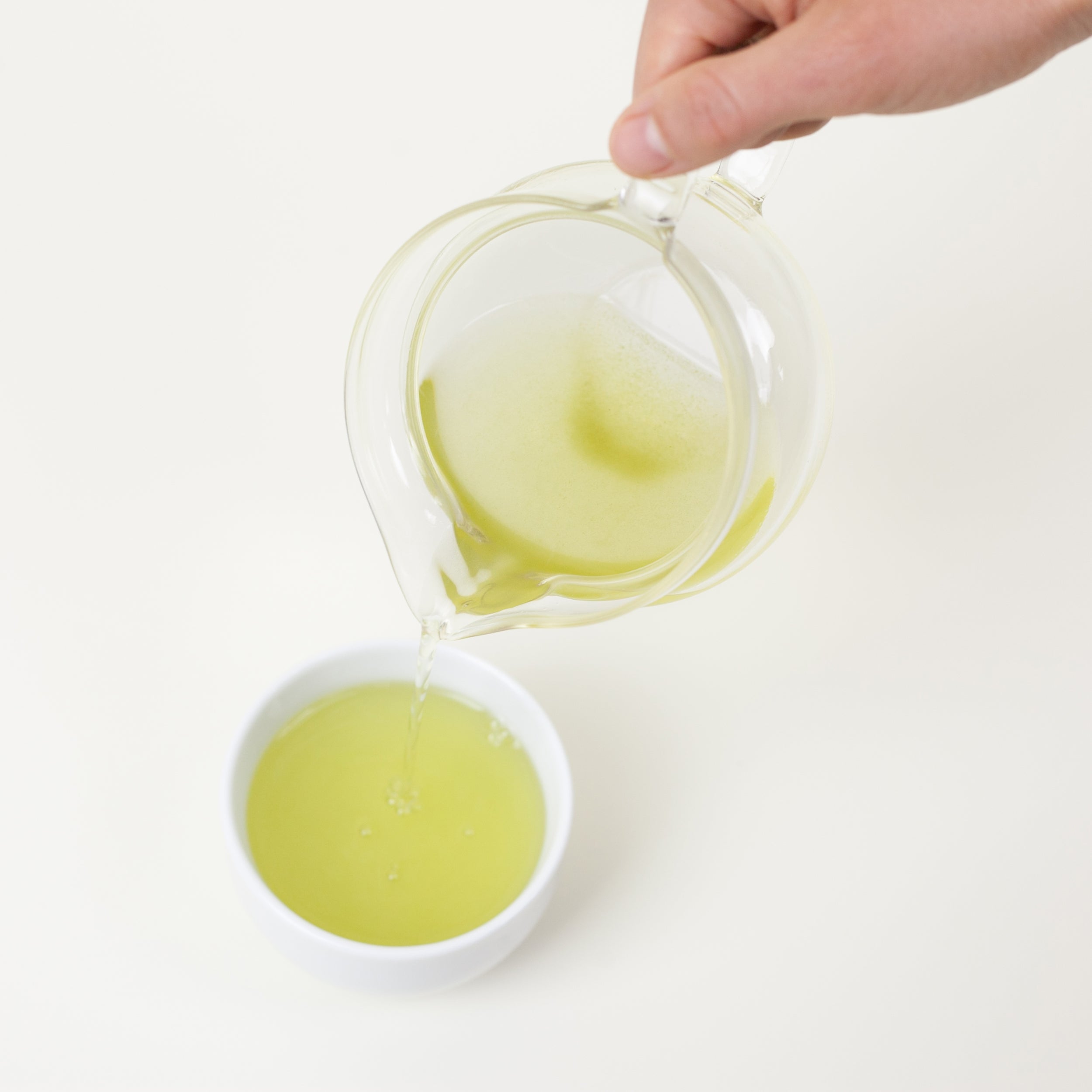
Leave a comment